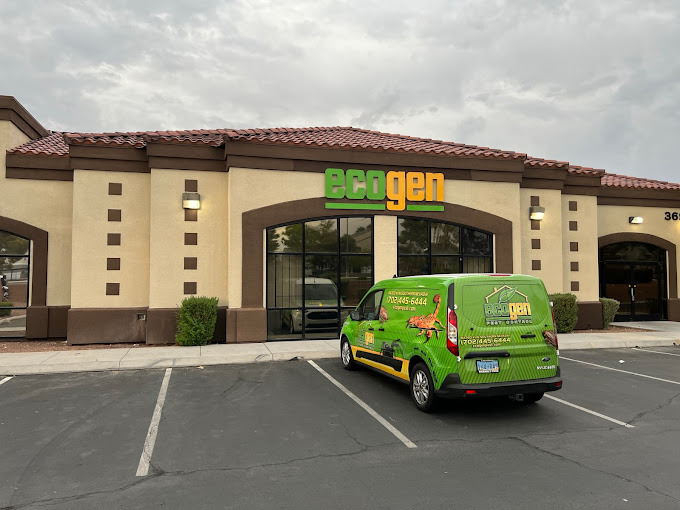Las Vegas, famous for its intense heat and dry conditions, also hosts various stubborn weeds that challenge homeowners and gardeners. To control weeds in this desert environment, it’s crucial to know the specific types prevalent here and use targeted strategies to manage them.
In this blog post, we’ll reveal the top five weeds in Las Vegas landscapes and offer expert tips on controlling these weeds.
Common Bermuda Grass
Identification
Common Bermuda grass is a tough, invasive species characterized by its fine texture and deep green color. It thrives in hot climates, making Las Vegas a perfect home.
Control Methods
The key to controlling Bermuda grass is persistence. Regular mowing, deep watering less frequently, and the use of specific herbicides designed for Bermuda grass can help manage its spread. For a more organic approach, solarization—a process that involves using the sun’s heat to kill the grass—can be effective during the hottest months.
Nutgrass (Nutsedge)
Identification
Nutgrass, also known as nutsedge, is easily recognizable by its tall, thin leaves and yellow-green color. This weed is particularly challenging due to its deep, bulb-like roots called nutlets.
Control Methods
Controlling nutgrass requires attacking its root system. Herbicides labeled for use on nutgrass can be effective, but they must penetrate deeply to reach the nutlets. Consistently removing the plant before it can set seed will also help reduce its presence over time.
Palm Seedlings
Identification
Palm seedlings sprout from the seeds of adult palm trees and can quickly become a nuisance in yards and gardens. They have a distinct appearance similar to that of the mature palm but on a much smaller scale.
Control Methods
Physical removal is the most effective method for controlling palm seedlings. They should be dug up, ensuring the entire root is removed to prevent regrowth. Regularly cleaning up fallen seeds from mature palms can also help minimize their spread.
African Mustard (Brassica tournefortii)
Identification
African mustard is an invasive weed characterized by its small yellow flowers and gray-green leaves. It can grow rapidly, overtaking native plants and crops.
Control Methods
Early detection and removal are crucial for controlling African mustard. Hand-pulling or hoeing before the plant sets seed can prevent its spread. For larger infestations, herbicides may be necessary, applied carefully according to label instructions to avoid harming desirable plants.
Crimson Fountain Grass (Pennisetum setaceum)
Identification
Crimson fountain grass is known for its attractive, feathery plumes, but it is a noxious weed in Nevada. It poses a significant fire risk and competes with native species.
Control Methods
Controlling crimson fountain grass involves removing the plant and its roots manually. Because of its attractiveness, some may hesitate to remove it, but its invasive nature and fire risk make removal imperative. Regular monitoring for new growth is also necessary to prevent re-establishment.
Winning the Weed War: Effective Strategies for Las Vegas Landscapes
Weed control in the harsh Las Vegas climate can feel like a never-ending battle, but it doesn’t have to be. Armed with knowledge about the top weeds in the area and how to effectively combat them, you’re already one step ahead. Remember, the key to a weed-free environment is not just in dealing with the problem as it arises but in preventing these invasive species from taking hold in the first place.
At EcoGen Pest, we’re familiar with the weed control challenges Las Vegas homeowners encounter. Our expert team uses eco-friendly methods to keep your garden and outdoor areas pristine, ensuring safety for your family, pets, and the environment.
Don’t let weeds take over your beautiful Las Vegas home or business. Contact EcoGen Pest today and take the first step towards a lush, vibrant outdoor space that you can be proud of.





